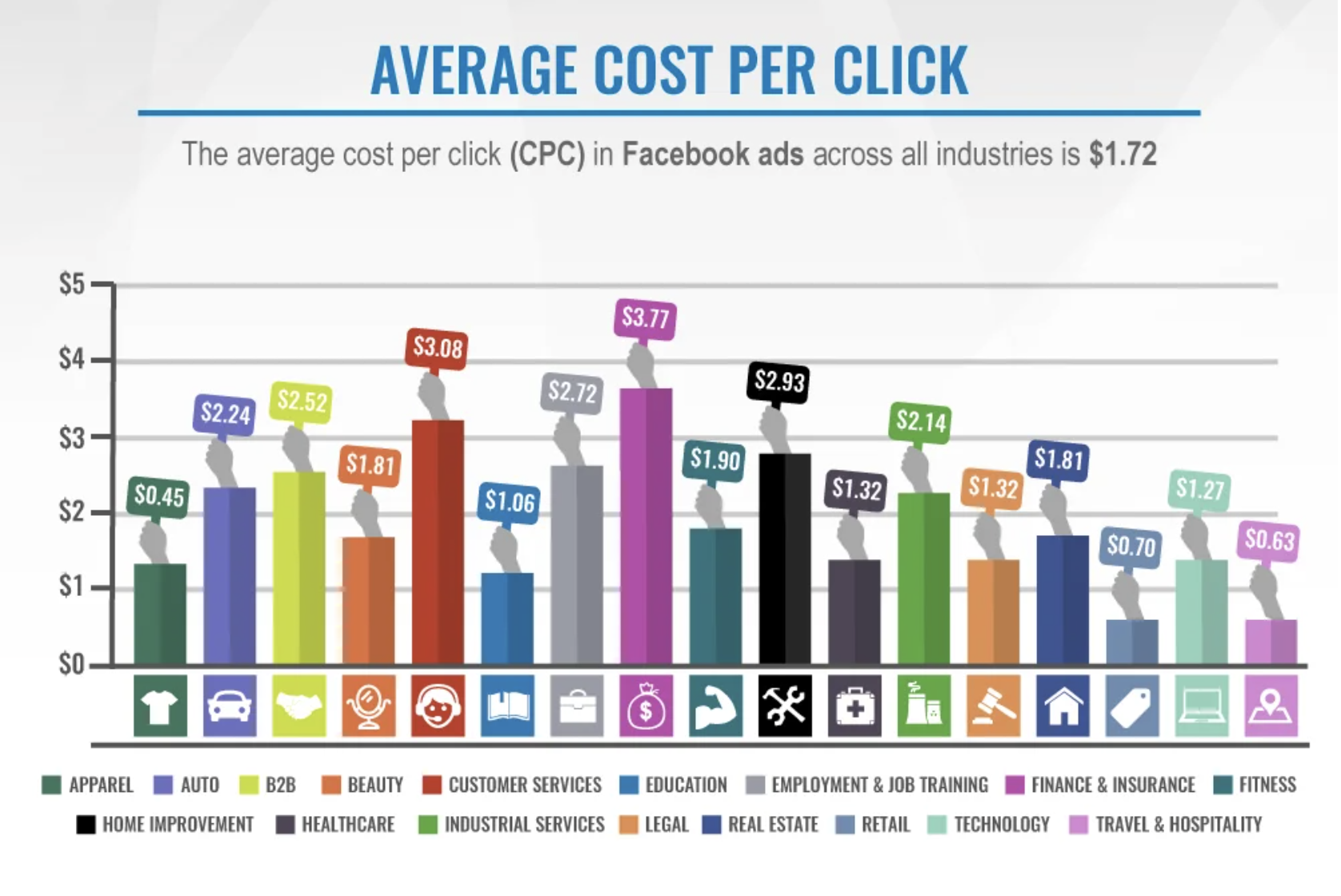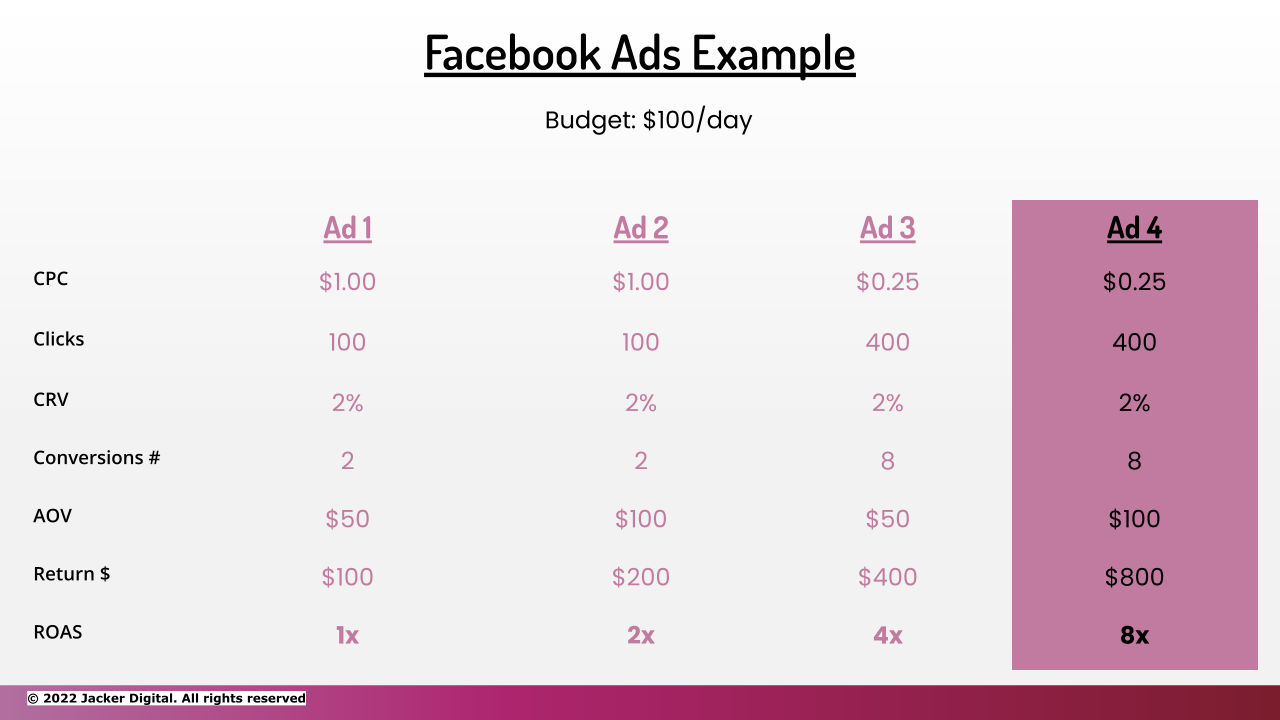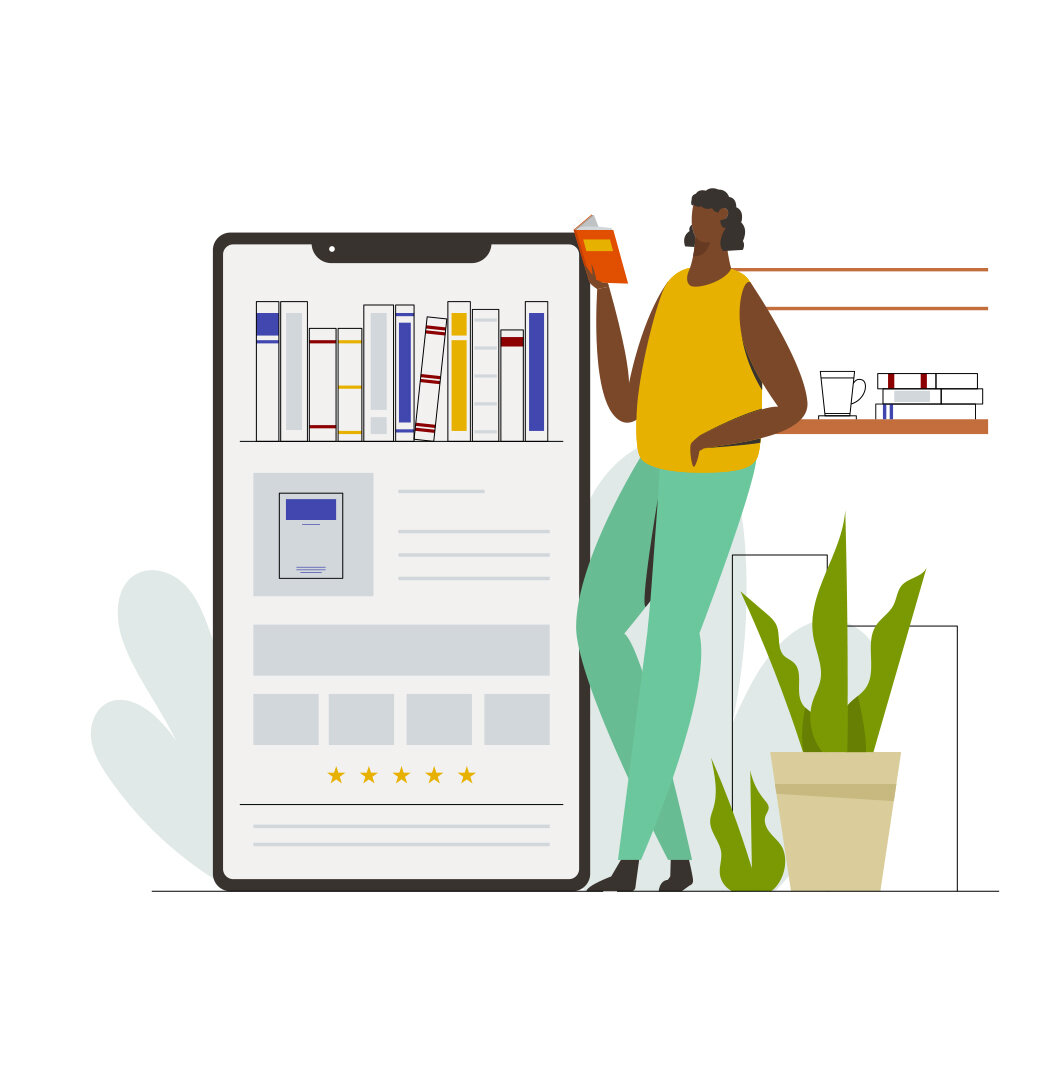What is ROAS When Running Ads Online? (Video)
One of the main things that new entrepreneurs focus on one running ad on Facebook and Instagram is "how much money do I need to spend” in order to get their desired results. Unfortunately this is a trap for many newbies that causes them to chase bigger and bigger budgets without focusing on the things that will actually drive results.
When measuring the success of a conversion, or revenue generating, ad campaign the ROAS will tell you a lot about how your campaign is performing and may even help you when setting your budget.
What is ROAS?
ROAS stands for “Return On Ad Spend”. It is a term that defines your ad performance based on the amount of money you put into the campaign compared to the money generated. A ROAS of 1x means that your campaign generated one dollar for every dollar that is spent. Generally when you running conversion based campaigns, you want to have a ROAS as high as possible.
How to calculate ROAS
Your ROAS is calculated by dividing the amount of money generated that was attributed to your ad campaign and dividing it by the amount of money you spent on the campaign. For instance if you spent $1,000 on your campaign and it generated $5,000 in sales you would have a ROAS of 5x. ($5,000 ÷ $1,000 )
How to get a higher ROAS?
Now that we have an understanding of what our ROAS is, it's only right that your next question would be “How can I get the highest ROAS possible?” . The tricky thing about your ROAS is that this its what’s considered an "output metric ". This means that this is not something that you directly control or “make go up” with any single action. Output Metrics show a result of how other, controllable, metrics are performing together. By monitoring and optimizing some of these "input metrics” you give your campaigns the best chance to have a high return. Some of these metrics pertain to how your individual ad is performing while others have to do with your unique customer behavior.
Lets look at a few of these input metrics that help you get better ROAS:
Cost-Per-Click
Your cost per click, or CPC, will be one of the most important metrics to monitor and optimize so that you can get the best ROAS out of your ads. CPC is important because it determines how many people will be driven to your website based on the budget that you have.
CPC is controllable to a certain extent so it is important to optimize your ads as best as you can to try to get your CPC to flat line. Once it stops going down, and you have found the right content and copy, you will have a great baseline to control your campaign.
When your CPC hits a baseline stop focusing on trying to get it to “go down” and start to understand it for what it is.
Setting realistic expectations around the behavior and average CPC of your industry is an important step when building your campaigns. Studies show that every industry behaves differently when it comes to the average CPC of their audience. This means that every business and brand must evaluate their budget and campaign estimates not against a common average but against their unique audience. Never listen to advice that tells you to simply raise your budget without considering your unique audience behavior.
We can see from the this chart that $100/day may only drive 25 people to a site for a finance company, whereas a $100/day budget may dive 222 people to a site for a fashion.
One last thing to note about CPC is that there is no "good "or “bad" CPC for any industry; It just is what it is. What I mean by that is, even a high CPC on your ads can still result in a good ROAS on your campaign. KNOWING is the key. If you know you have a high CPC and you know how many customers it would take to hit your campaign goals, well now you can work backwards to see just how much money it would talk to reach your goal.
In essence your CPC can help you work backwards from your target ROAS to set your budget.
Average Order Volume
Your average order value, or AOV, is the averaged dollar amount, per customer, spent on your store that was generated from your campaign. So if your campaign generated $5,000 from 50 customers, your AOV would be $100. ($5,000 ÷ 50 )
Increasing the AOV of your customers is a great way to get higher ROAS from your ad campaign with out increasing your budget or changing the CPC of your ad. By getting customers to spend more on there orders, you will have a great impact on your revenue that is generated.
There are plenty of things that you can do to get a higher AOV for your store including bundling products, cross-selling other products, and having a post-purchase flow that encourages shoppers to buy again or buy a different product.
Unless you are running ads for a very high ticket price item, your goal should always be to try to get the customer to buy more than just one thing. Especially if your industry has a low conversion rate or a high cost per click.
You can see from this chart how a high average order value can double the ROAS of a campaign even if the budget is not change.
Conversion Rates
There will be multiple "conversion rates "that need to be considered when you are running your advertisements. It will be important for you to separate the conversion activities for your ad and your store platform.
When talking about the performance of the individual ad usually the conversion rate monitored would be the click through rate, or CTR, the ad. Your CTR is measured by how many people clicked on your ad divided by the total number of impressions of your ad. Depending on the objective that you're running your campaign under, a "conversion "can simply be considered someone clicking on your ad. However, usually when monitoring the success of the entire campaign the conversion activity we're looking for is someone checking out in your store.
Although this can sound a little confusing, the great thing is that both of these conversion activities can be optimized separately to increase your final ROAS.
Usually, increasing the CTR of an individual ad means optimizing the ad into oblivion. This involves finding the right copy that is going to drive clicks to your website and finding the right kind of content that resonates with your unique audience. A/B split testing is a great way to start to figure out what is the best combination that is going to get the best CTR from your audience.
Now when it comes to your store, your conversion rate is measured by the amount of traffic your site received divided by the number of people that checked out. It is important to note that the conversion rate on most stores is lower than many entrepreneurs realize. The industry average on e-commerce conversion is under 2%.
If your store has a conversion rate that is much lower than 2%, you may be able to increase your ROAS on your campaign by tweaking some elements on your website. This will allow you to get better performance out of your ads without touching the budget or changing any of the content.
To get more conversion from your store after a link click, take a look at the page where you are sending the customer. Ask yourself “Does this page provide enough information for the customer to check out without leaving this page? Can I provide more information, pictures, details, or reviews of the product that I am advertising on this page?”. Figuring out the answer to these questions can help you build a page that will encourage more customers to add products to their cart, increasing your store conversion.
It is also important to make sure that the page your ad drops your user off to matches the content on the ad. For instance, if you are advertising a specific T-shirt, once a user clicks your ad they should go to that product page, not your website homepage.
Getting your stores conversion rate up even half a percent can have an amazing result on your advertising results and your store process. Don't chase big numbers here and don't be upset when you se minor results.
Conclusion
So as you can see, there isn't just one thing that you can do to raise your return of your ads, there are many! Now you see, you can focus on just one thing and get better performance out of your ads. You don't have to run around trying to increase everything here and decrease everything there. Every brand will have different controllable factors, for some brands it may be easier to increase their average order value, while other brands may have an easier time optimizing their content to get lower cost per click. Go after the lowest hanging fruit for your brand and your advertising ability first and once you are able to start getting better ROAS from some of your campaigns you will have the confidence, and budget, to branch out into some of the more difficult areas to optimize for your business. Good luck and come back and let me know how it worked out for you





![[Infographic] Differences When Advertising on Facebook and Instagram](https://images.squarespace-cdn.com/content/v1/5faa092e60a3a910248dec9e/1668227248462-92UMJ10FW9TJQ4GS4T3Y/Comparing+Cost+Banner.jpg)


